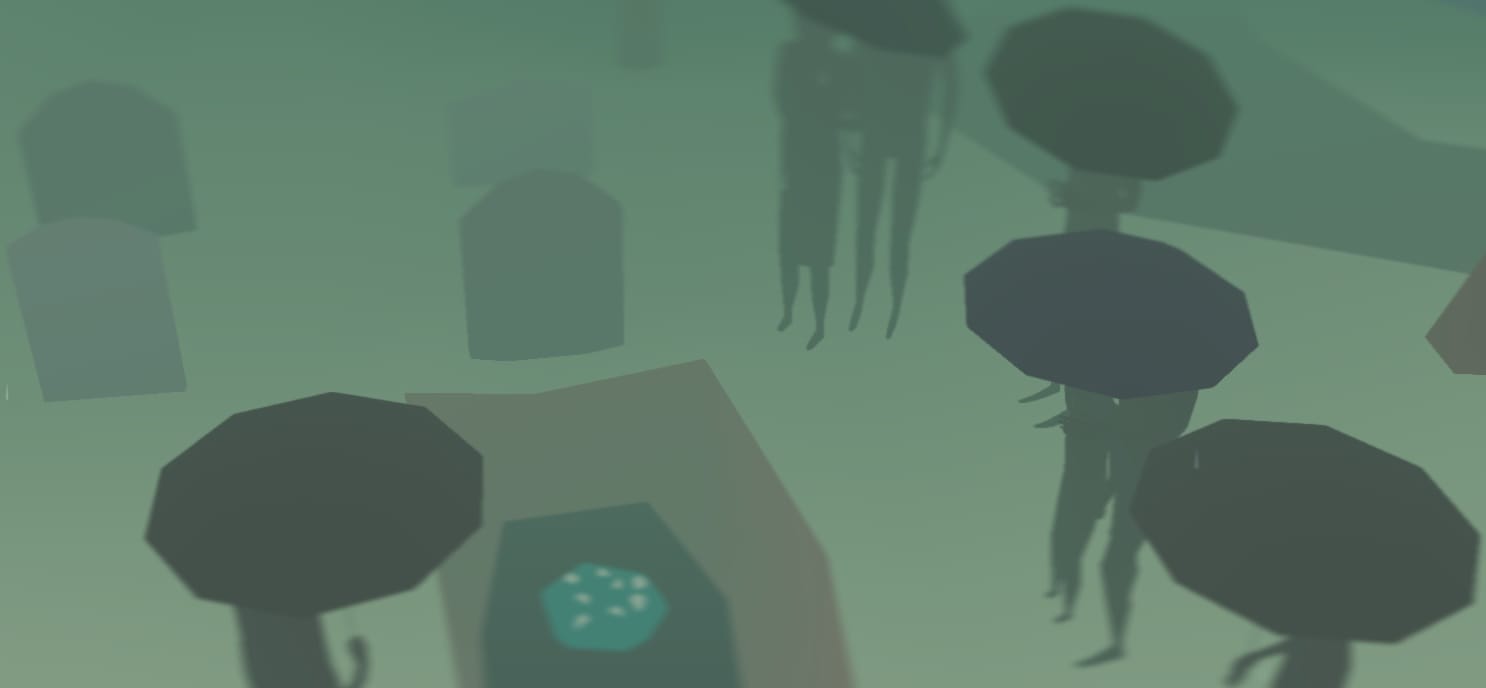These 12 interactive haikus turn "snackable internet content" into an art form

“Today, after more than a century of electric technology, we have extended our central nervous system itself in a global embrace, abolishing both space and time as far as our planet is concerned.” – Marshall McLuhan, Understanding Media, 1964
These days, people are all kinds of worried about the shortness of our collective attention spans. What with your Twitters and InstaVines, pretty soon we’ll all be speaking in grunts instead of words. At least, that’s one way of looking at the instantaneous and compact nature of Internet content. And there’s no doubt that brevity is the trending format of the digital age, and as media theorist Marshall McLuhan once said, “first we build the tools, then they build us.”
How does the short-form change the way we interact? That seems to be the central question posed by the NFB (National Film Board of Canada) and ARTE collaboration entitled Interactive Haikus. Though the meaning of the word “interactive haiku” may not be immediately apparent, they describe the project as “an opportunity to explore a different side of a web culture saturated with memes, Vines, and other experiences designed to be consumed quickly.”
In a POV interview, Hugues Sweeney of the NFB says that the idea began when the board came to terms with the fact that, “people spend just a few seconds on one place or another. So why do we create these projects that ask the user to spend half an hour, one hour, or come back every week for so many weeks? How come we don’t do these things that are in the short-life of the internet?”
Last June, NFB and Arte posted a global call for project proposals that were the digital equivalent of a haiku, which they defined using the following criteria:
- The experience should be 60 seconds long.
- It should inspire us to see the world we live in differently.
- Only one interactive concept should be used.
- It should employ a full browser design with common NFB/Arte header.
- No navigation menu should be used.
- Project must include sound.
- It should be understandable and accessible to an international audience.
- Project creators must own or have released all rights.
- Must be computer, tablet, and mobile friendly (iOS, Android and Windows).
- And because there’s always an exception to the rule: it must break one of the creative rules and explain why.
Though four of the finalists have already been released on the Interactive Haiku website, eight more will launch throughout the month of April. Ranging in topics like String Theory, to the music of everyday objects, and the brevity of life, these haikus are a minutiae of the ephemeral materials that make up our universe. But rather than simple statements, the digital haiku places the human being in the middle of it all through simple interactions. The underlying message of your participation is that technology has irrevocably changed the way human beings experience the world. But, really, it doesn’t seem like the world changed all that much—just our perspective.
the “global village” would become the medium of the future

A jury member of the interactive haikus, William Uricchio, says that the project’s “interactivity allows for a way to translate the classic technique of cutting or juxtaposing ideas, allowing us to explore the hidden life of images, sounds, and the moments that define us.” The Interactive Haikus are like a testament to McLuhan’s prophetic predictions about the “global village” which would become the medium of the future. While the age of film created a public that thought in a more linear and sequential way, the global village of the internet would throw out the concepts of time and space altogether.
To McLuhan, this evolution seemed only like the natural order of things. He even related the instant connectivity of that future medium to a central nervous system, hinting at just how reciprocal the relationship between human beings and their technology is.
You can play the Interactive Haikus on the website now, and follow the NFB and Arte on their respective Twitters for future updates on the project.



